Emilia Romagna: Italy’s valley of plenty
Gorge yourself on Parma ham, pasta and parmesan on a gastronomic tour of northern Italy
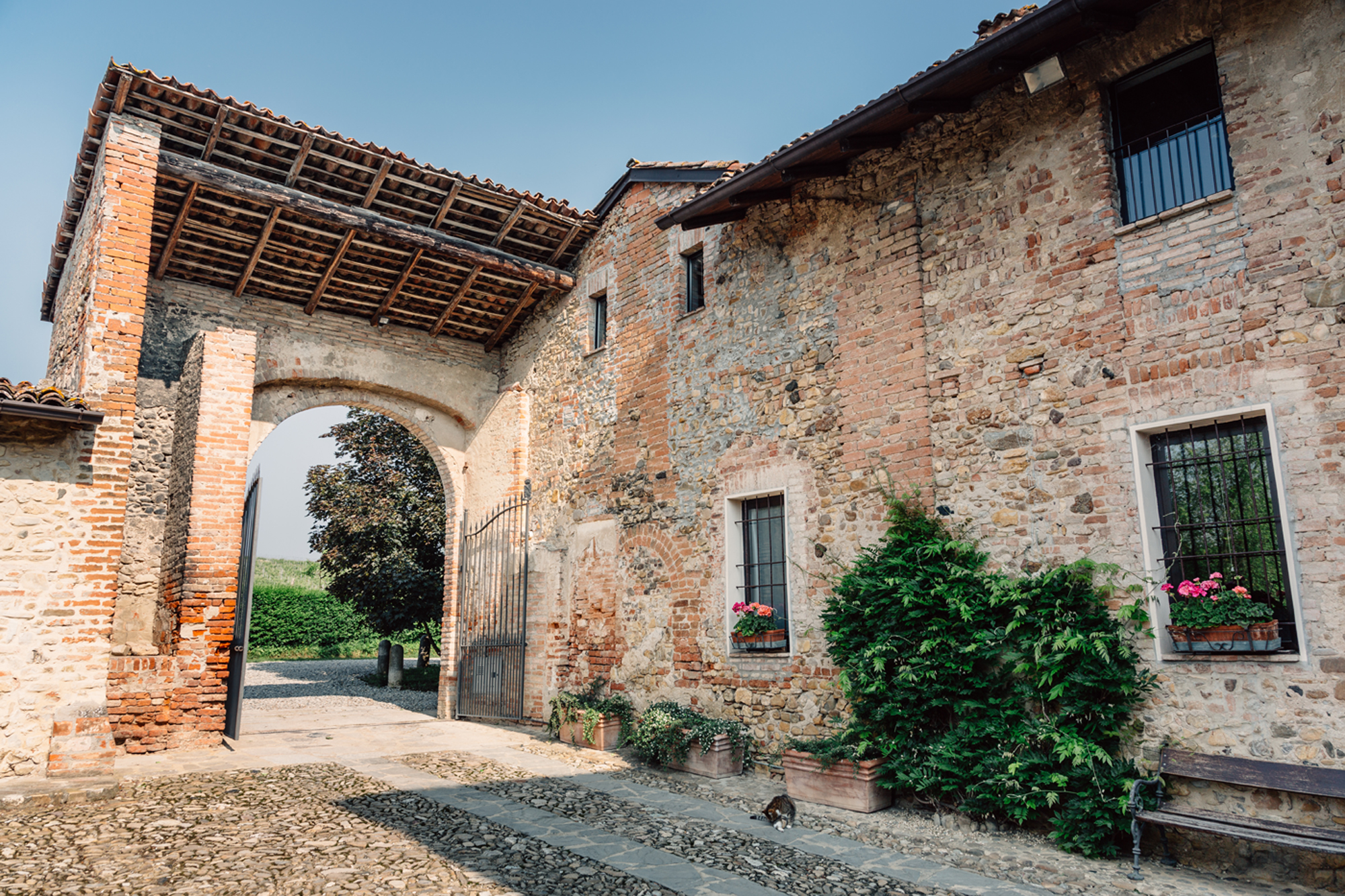

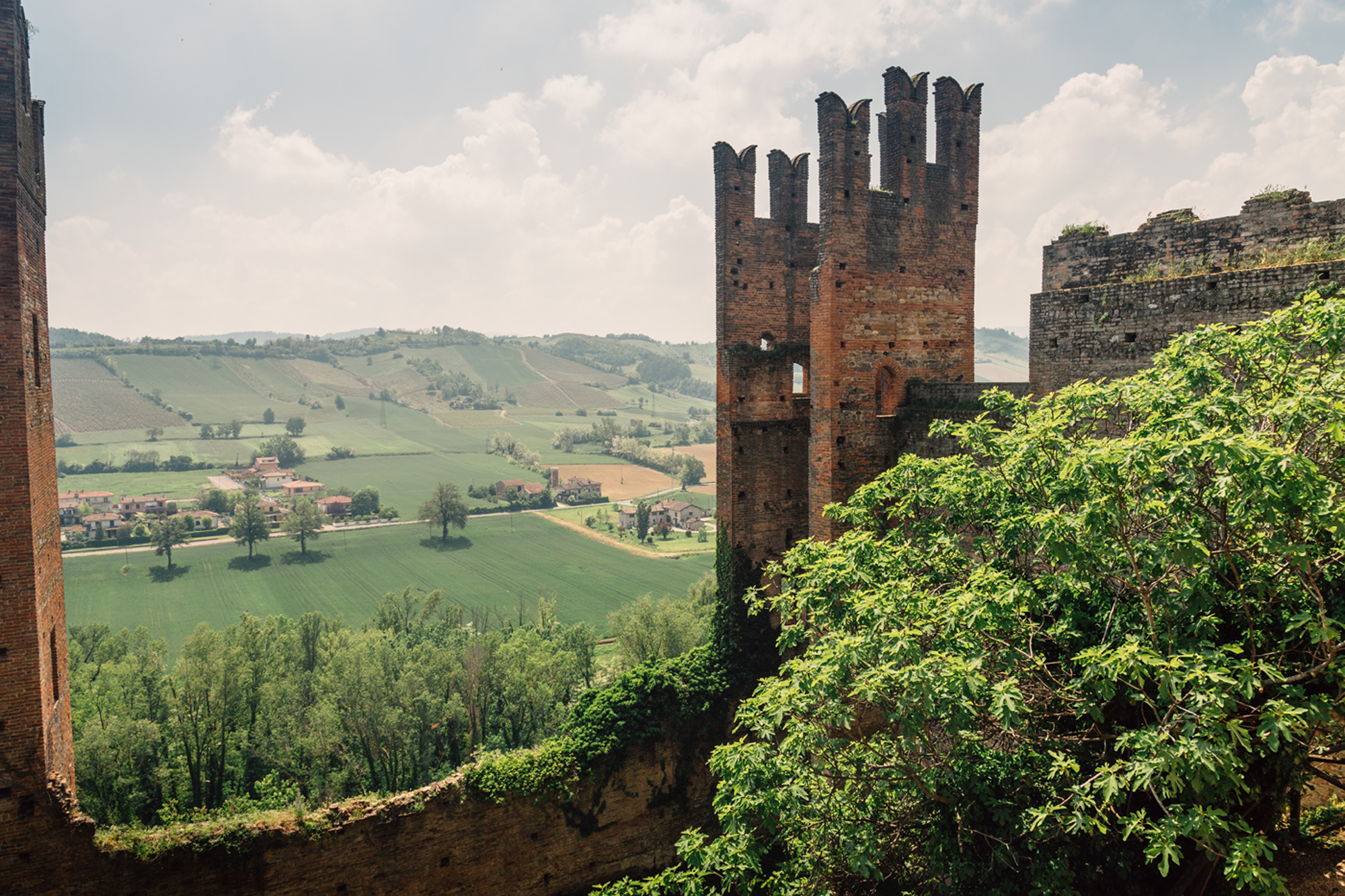
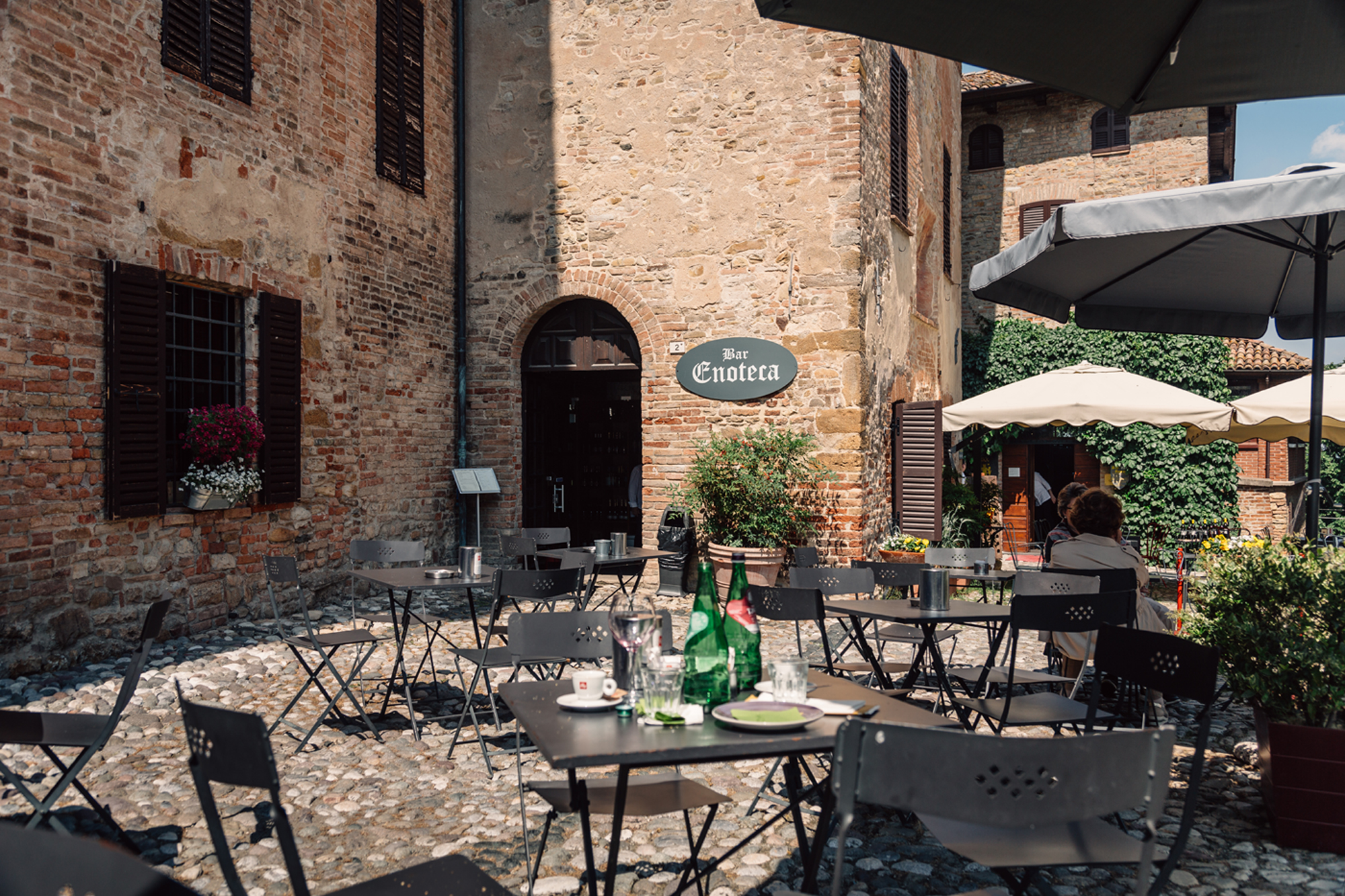
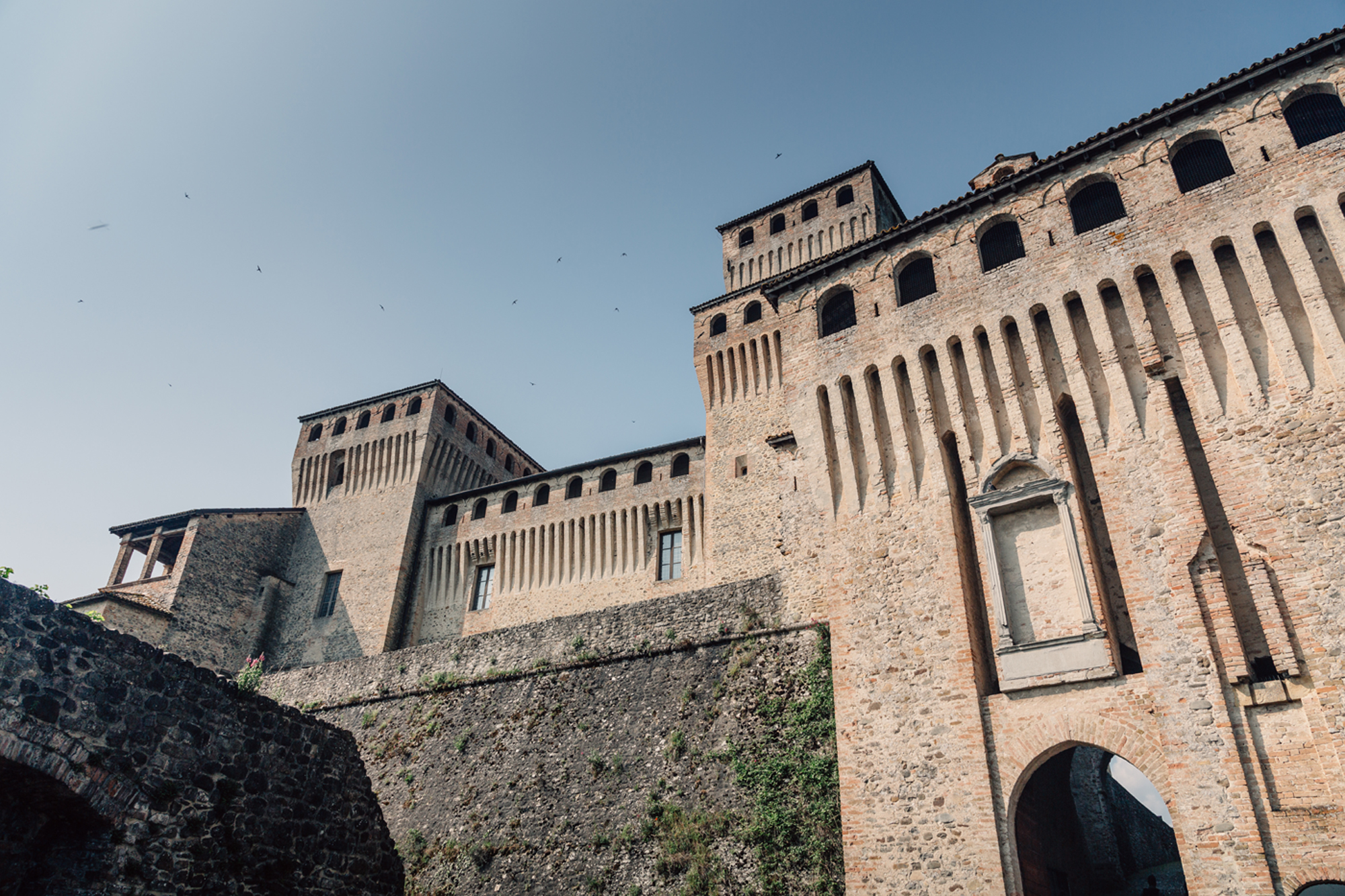
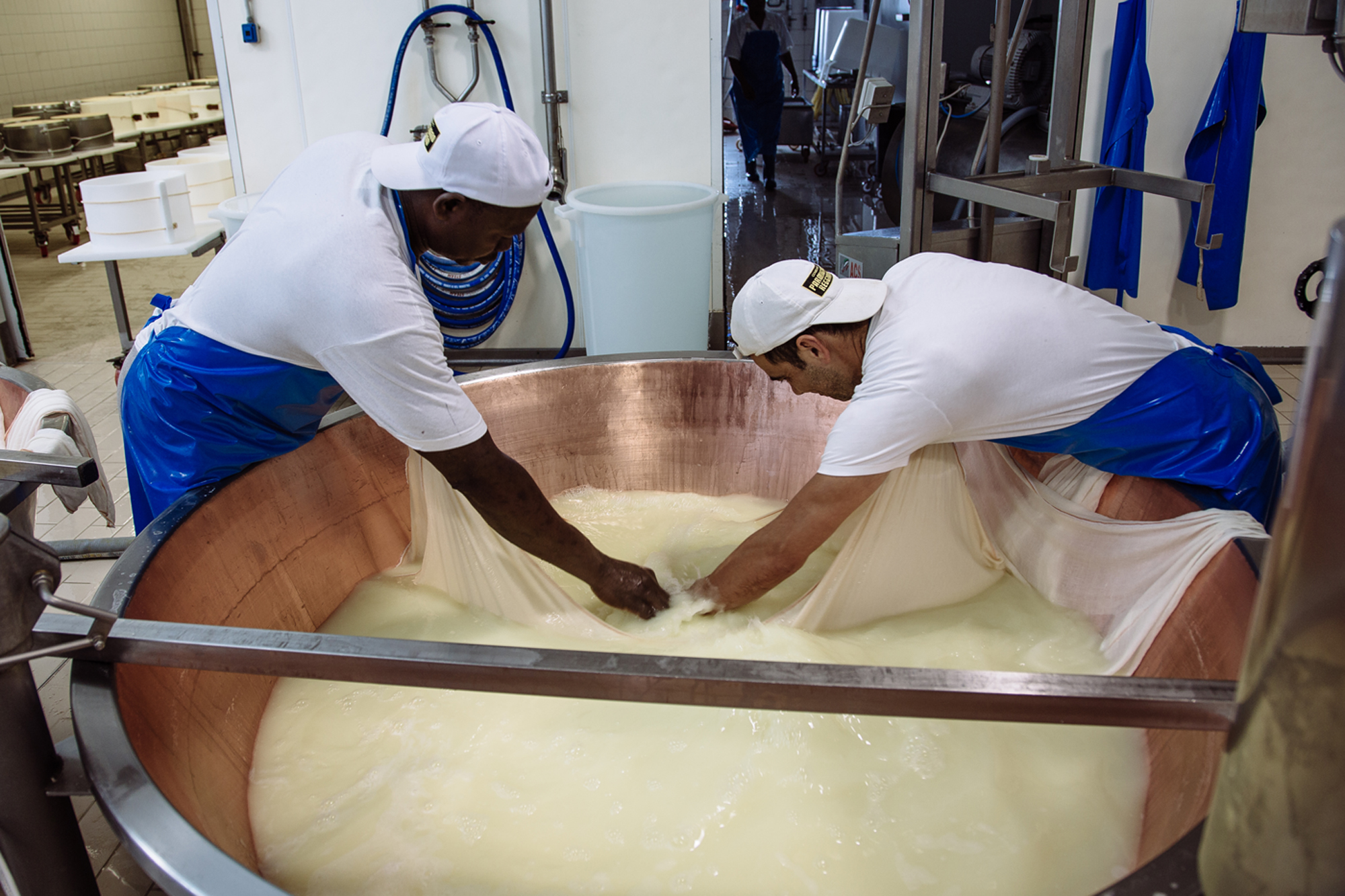
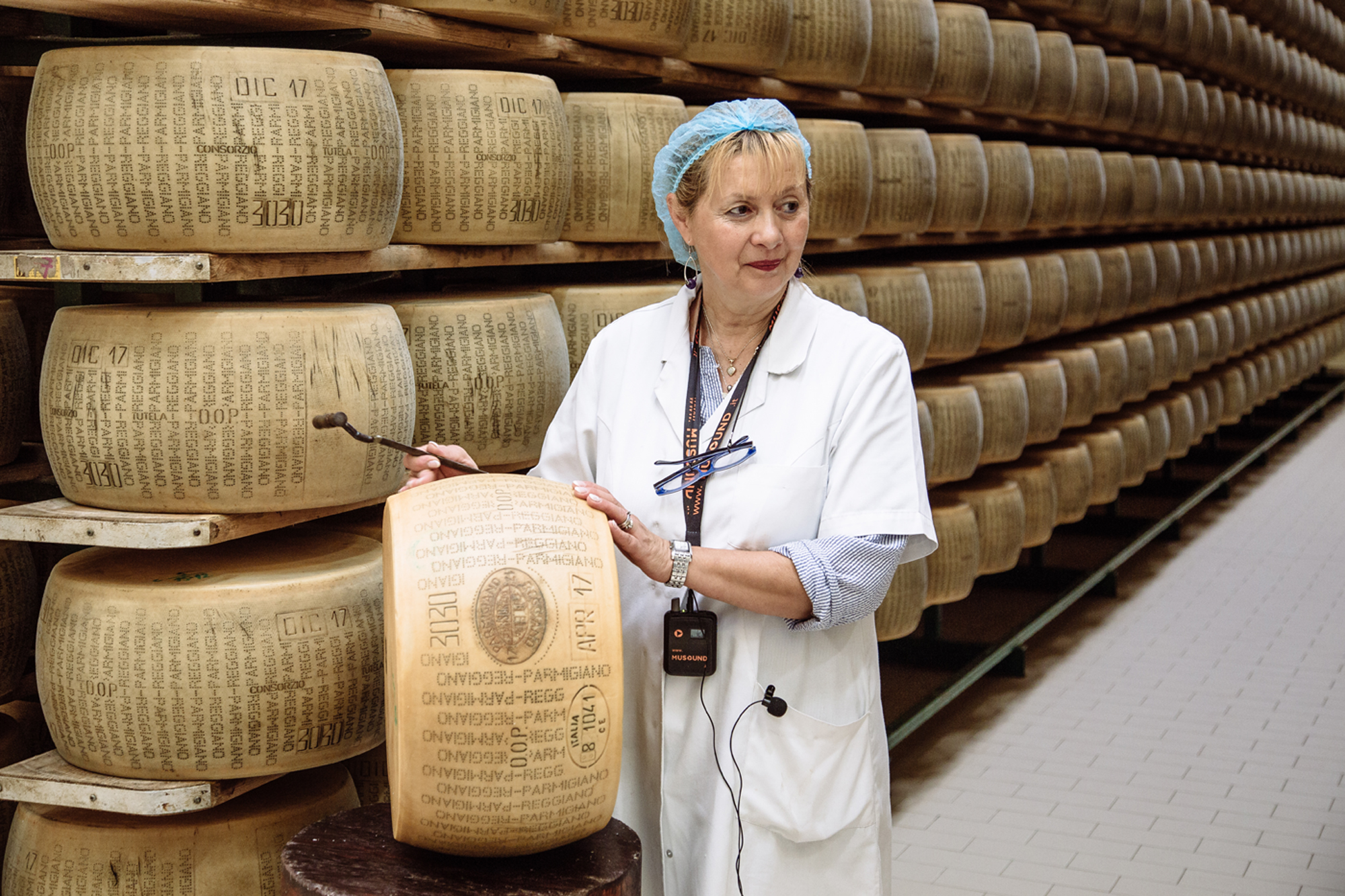

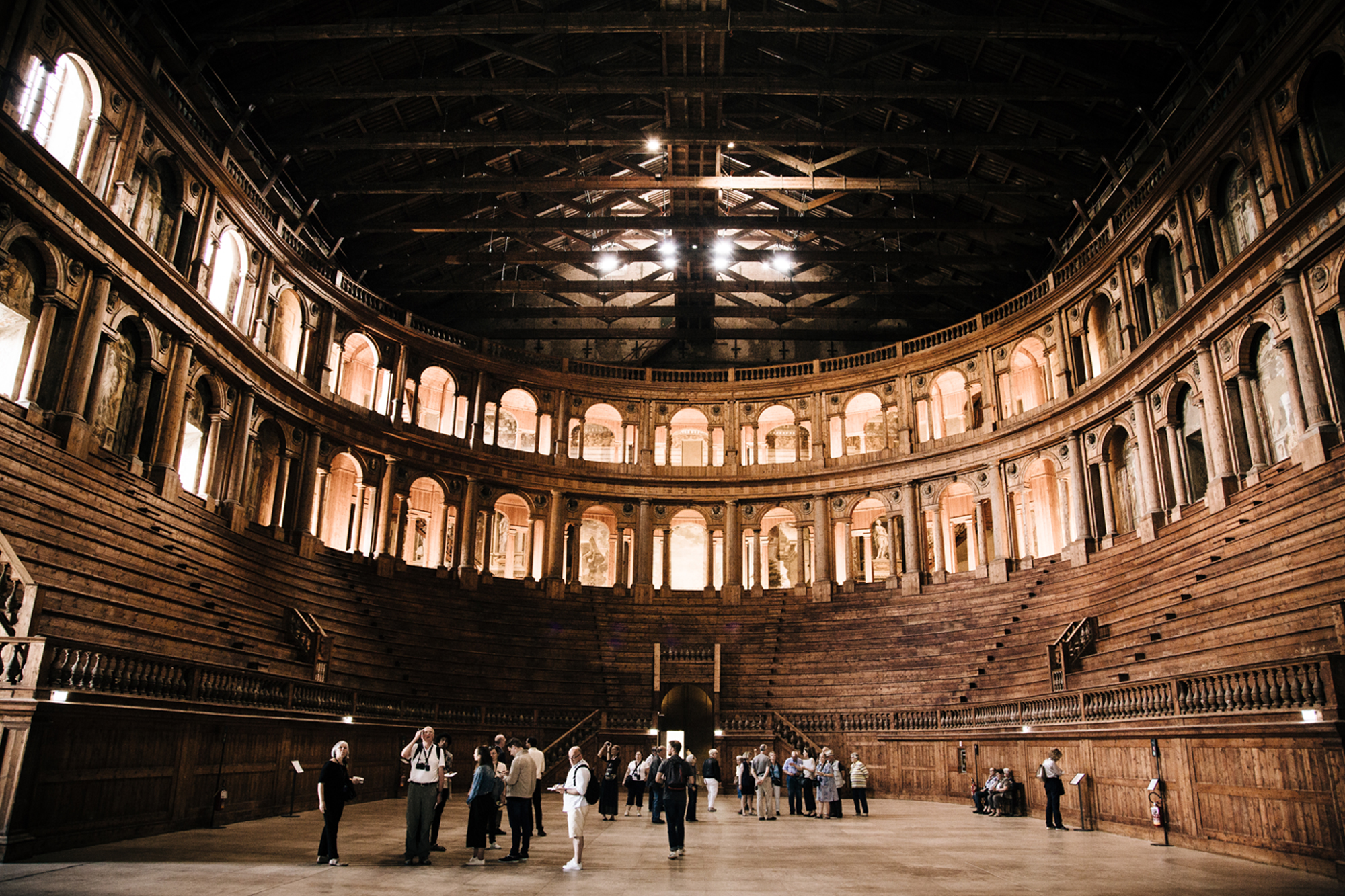
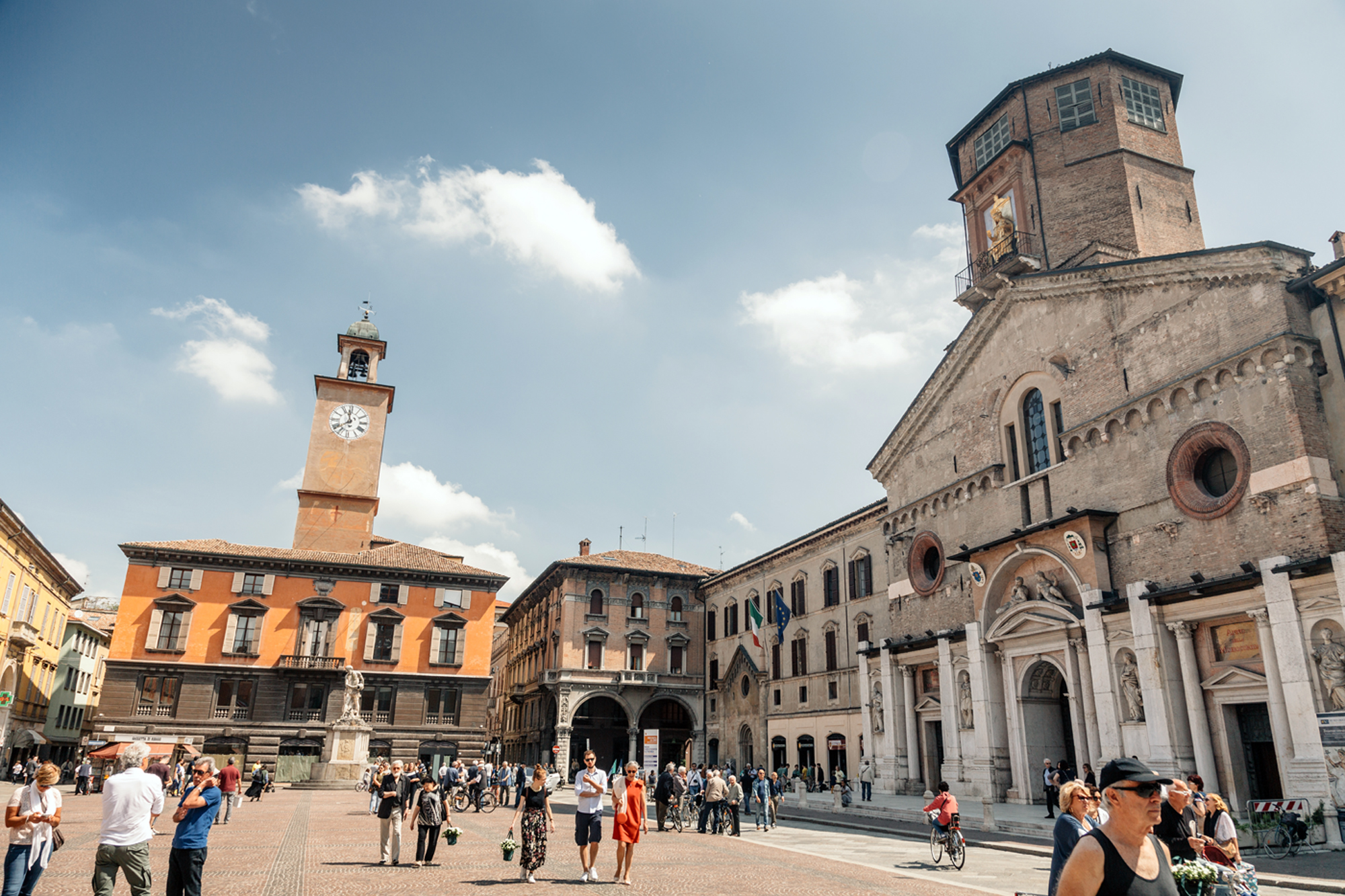
To say that Italy is fiercely proud of its culinary heritage is both an understatement and not strictly true. Rather each region, each town and each valley is proud of its particular traditions, and shruggingly dismissive of whatever lax habits have afflicted the neighbours.
Thus the residents of Emilia Romagna, a fertile stretch of farmland south of the Alps and east of the Apennines, insist that their region is the food capital of Italy, while engaging in an internecine war that pits village against village and cured meat against cured meat.
This is all to the advantage of the visitor, who will be plied with ham, salami, cheese and pasta until they’re forced to seek refuge in the nearest fort or monastery. Thankfully, both also abound in Emilia Romagna, which served first as a Roman outpost and later a thoroughfare for medieval pilgrims.
The Week
Escape your echo chamber. Get the facts behind the news, plus analysis from multiple perspectives.

Sign up for The Week's Free Newsletters
From our morning news briefing to a weekly Good News Newsletter, get the best of The Week delivered directly to your inbox.
From our morning news briefing to a weekly Good News Newsletter, get the best of The Week delivered directly to your inbox.
Piacenza
When Hannibal crossed the Alps in 218 BC, Roman soldiers moved north to halt his advance. They were initially defeated, but fell back and established a stronghold they called Placentia, near the River Po.
A millennium-and-a-half later, at peace and enriched by trade and agriculture, Piacenza was one of the wealthiest cities in Europe. Its medieval citizens left ample evidence of their civic pride, from the romanesque cathedral begun in 1122, to the 13th-century gothic town hall, topped with distinctive swallow-tail crenellations.
Later, as the Renaissance gathered steam and the town’s allegiances shifted between Bologna and Milan, local nobles built the fortified Farnese Palace. Its 16th-century splendour, partially intact, now houses the civic museum.
A free daily email with the biggest news stories of the day – and the best features from TheWeek.com
Nearby: Visit La Pusterla, a 70-acre vineyard that produces 160,000 bottles of wine each year, mostly from barbera, bonarda, ortrugo and malvasia grapes. Tours and tastings can be arranged.
Eat: Food Arte da Mangiare serves a modern take on local traditions. Choose between a la carte or tasting menus and meat, fish or vegetable-themed dishes. Raw tuna served with strawberries and asparagus is a highlight of the fish tasting menu.
Stay: In the 14th century, 30 hotels plied for the custom of pilgrims passing along the Via Emilia. There are fewer to choose between today, but the Roma Hotel is a good one, two minutes from the main square. Its rooftop bar looks out over the compact town centre. From £130.

Castell'Arquato
The beautiful village of Castell'Arquato, 20 miles south of Piacenza, has barely changed over the past 600 years - if you overlook the Fiat 500s scuttling over the cobbles. Its church dates mostly from the 12th century, although a vast stone font survives from 758. The building that surrounded it succumbed to an earthquake in 1117.
The real attraction, however, is the castle of Rocca Viscontea, completed in 1349. The tower has been beautifully preserved, and the views from the top are worth the considerable effort involved in the 115ft climb. The village square lies on one side, a valley and then hills and vines on the other, and dividing them a winding tree-lined river.
Once a working fort, the the tower could accommodate the whole village in case of attack, with 70 people billeted to each floor. The top floors were reserved for soldiers, the middle for nobles and the lowest floors - the most vulnerable to attack - for the hoi polloi.
Eat: Enoteca Communale, across the square from the castle, offers meals with a view. The menu is rich in local produce - not the the ham and parmigiano reggiano of nearby Parma, but mild, soft cheese and mariola, a rare cured sausage that’s softer and spicier than salami. It’s made in the humid lowlands around Cremona, which are unsuitable for drying ham. Vin santo, from sugar-rich grapes harvested late in the year, is a sweet if potent way to end the meal.
Stay: Podere Palazzo Illica, a 17th-century manor house, is just over a mile from Castell'Arquato. Many of its rooms feature timber beams, exposed bricks or terracotta floors. From £120.
Sala Baganza
Another ten miles south is Sala Baganza, a small town dominated by the 16th-century fortress of Rocca Sanvitale. Beautiful but sparsely furnished, the castle acts as a gallery for provocative sculptures by Jucci Ugolotti. Although most of its frescoes have been lost, a few by Cesar Baglioni remain, including a trompe l’oeil representation of a semi-ruined classical temple, half-exposed to the open air.
Eat: One good reason for a trip to Sala Baganza is Les Caves, a restaurant occupying the castle cellars. Brighter and airier than you might imagine, the dining room provides an atmospheric backdrop for the work of chefs Maria Amalia Anedda and Jacopo Bracchi. They met while working for Alain Ducasse at the Eiffel Tower, and have since formed a partnership, both professional and marital. Highlights of their menu, which leans heavily on local produce, include tortellini with ricotta and herbs - and the double-carb treat of pasta stuffed with buttery mashed potato.
Stay: The newly and sympathetically refurbished Hotel Cortaccia is directly above Les Caves restaurant. From £46.
Nearby: The Bertinelli parmesan factory on the edge of town offers tours (book in advance) that provide a glimpse of the processes that kick off the long process by which the cheese is made - and the chance to sample various vintages ranging from two to four years.

Parma
Emilia Romagna’s second city, Parma, is a bustling centre of culture and commerce. Founded by the Etruscans and adopted by the Romans, it passed through the hands of the Franks, the Milanese, the Spanish and French, before a period of self-government as the Duchy of Parma, from 1814 until Italian unification in 1860.
Its various guardians have left their architectural mark on the city, whose squares are lined with churches, palaces and theatres built by emperors, dukes and duchesses seeking to demonstrate their authority and largesse.
The Teatro Regio, its 19th-century opera house, is an opulent rival to Milan’s La Scala, and equally feared by performers. When Maria Callas sang here, she was accused of loitering at a particular point on the stage that amplified her voice - a trick of the acoustic trade that did not go down well with the audience. The sweet spot was subsequently referred to as Callas Point.

Other venues have proved more sympathetic to special effects. The astonishing Teatro Farnese, a vast wood-furnished theatre built in 1618, was the scene of a theatrical extravaganza ten years later in which a wave of water was unleashed across the floor while 5,000 candles and “mechanical devices” recreated a thunderstorm. Two years ago, Peter Greenaway came here to direct the multimedia opera Giovanna d'Arco.
Adjoining the theatre, the National Gallery includes works by Canaletto and a Leonardo drawing of a young girl, La Scapilata - a small yet gloriously vivid portrait.
Eat: The Gran Caffé Del Teatro, within the opera house, offers traditional Italian cooking, including several regional varieties of prosciutto - or a quick espresso at the bar. For a more casual bite, join the queue at Peppen, on Borgo Sant'ambrogio, for fresh panini.
Stay: The Palazzo Dalla Rosa Prati, right by the cathedral, is an elegant, family-run hotel with extravagantly furnished rooms. From £150.
Nearby: Ten miles south-east of Parma, the town of Reggio Emilia wears its culture on its sleeve. The host of the annual Fotographia Europea exhibition until the end of June, it also has a permanent photography museum and several galleries. Refuel with coffee and pastries at the refined Cafe Sambirano, or call in at Pasticceria Boni, a family business since 1890, for spritz and erbaziola - spinach and parmesan in flaky pastry. In between Parma and Reggio Emilia, the vast and perfectly preserved 15th-century castle at Torrechiara is well worth a detour.
For more information about visiting Emilia Romagna, see the tourist board’s website. Several airlines fly between UK airports and Parma, Milan and Bologna
-
 Trump vs. states: Who gets to regulate AI?
Trump vs. states: Who gets to regulate AI?Feature Trump launched a task force to challenge state laws on artificial intelligence, but regulation of the technology is under unclear jurisdiction
-
 Decking the halls
Decking the hallsFeature Americans’ love of holiday decorations has turned Christmas from a humble affair to a sparkly spectacle.
-
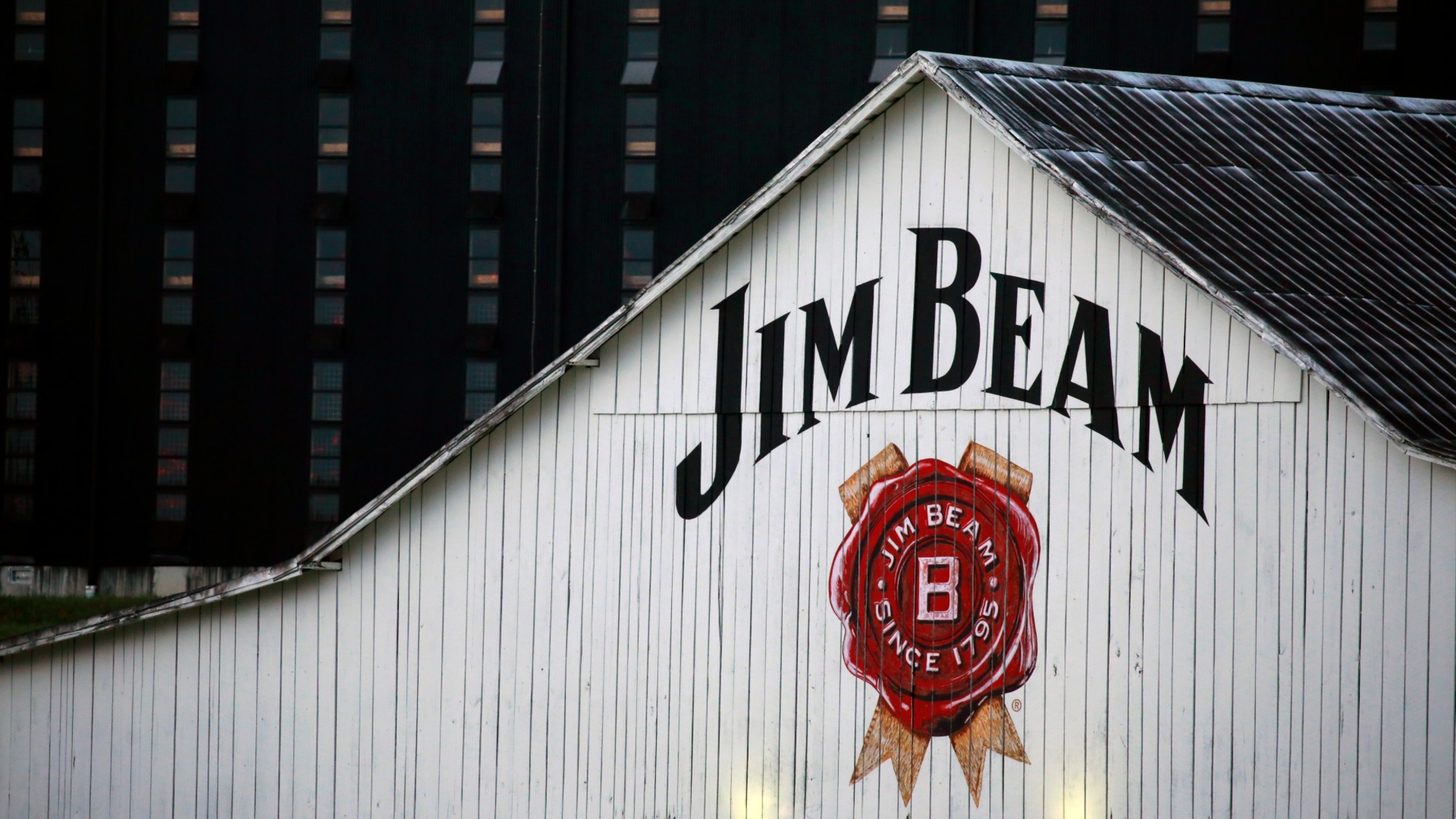 Whiskey tariffs cause major problems for American distillers
Whiskey tariffs cause major problems for American distillersIn the Spotlight Jim Beam is the latest brand to feel the pain
-
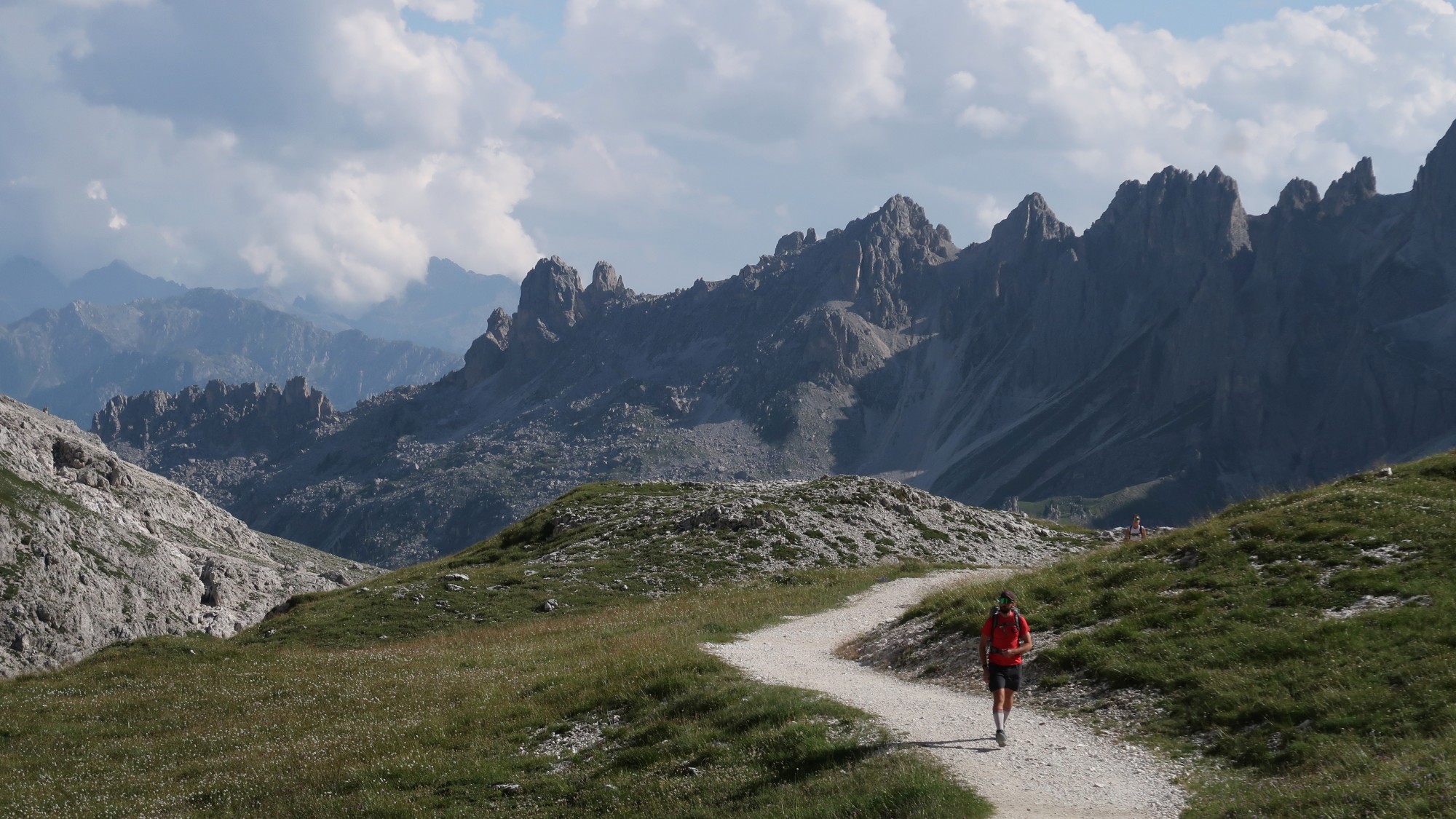 The best adventure holidays for adrenaline junkies
The best adventure holidays for adrenaline junkiesThe Week Recommends Five destinations perfect for outdoor thrill-seekers
-
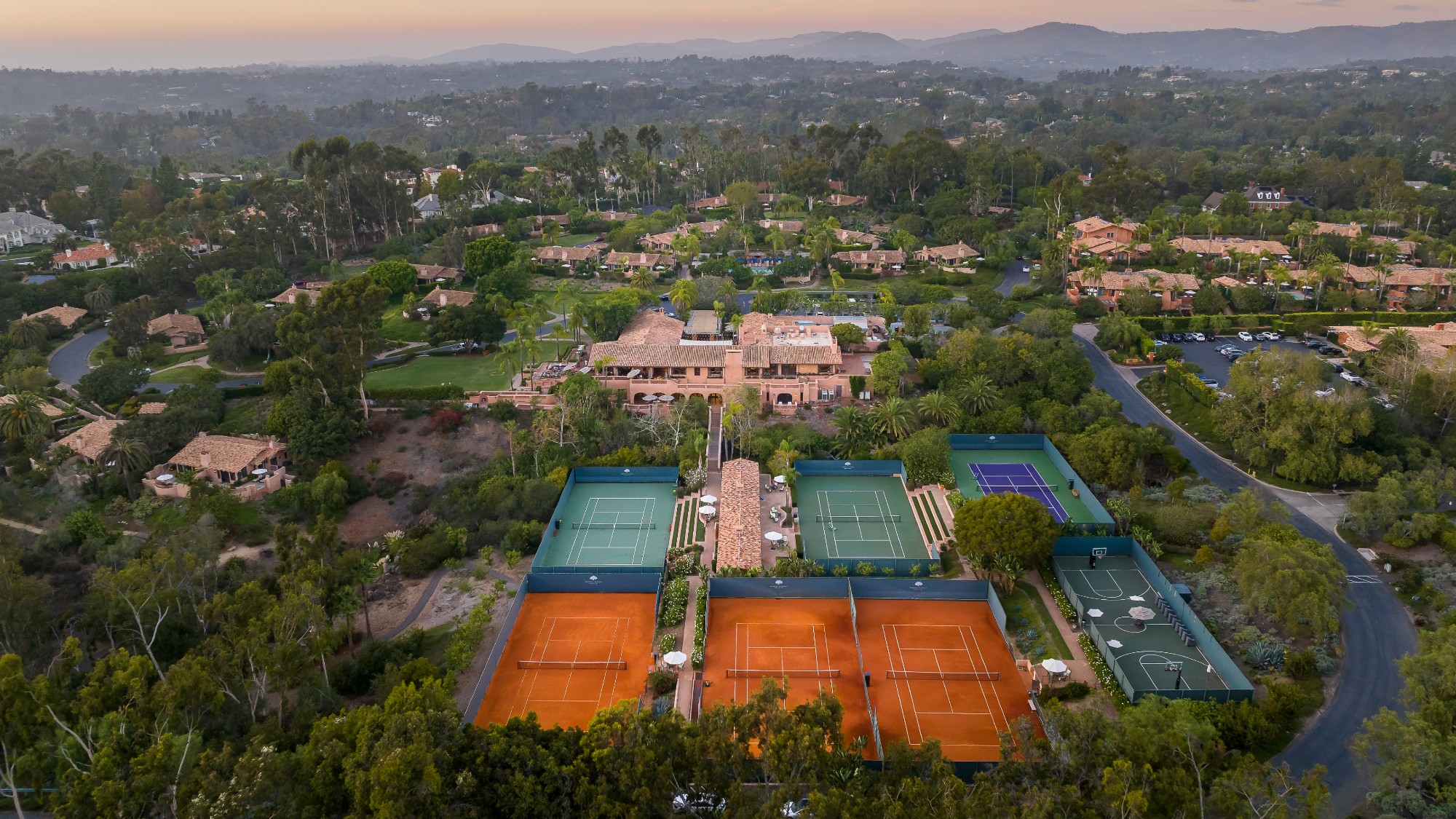 8 hotels with ace tennis courts
8 hotels with ace tennis courtsThe Week Recommends Bring your A game
-
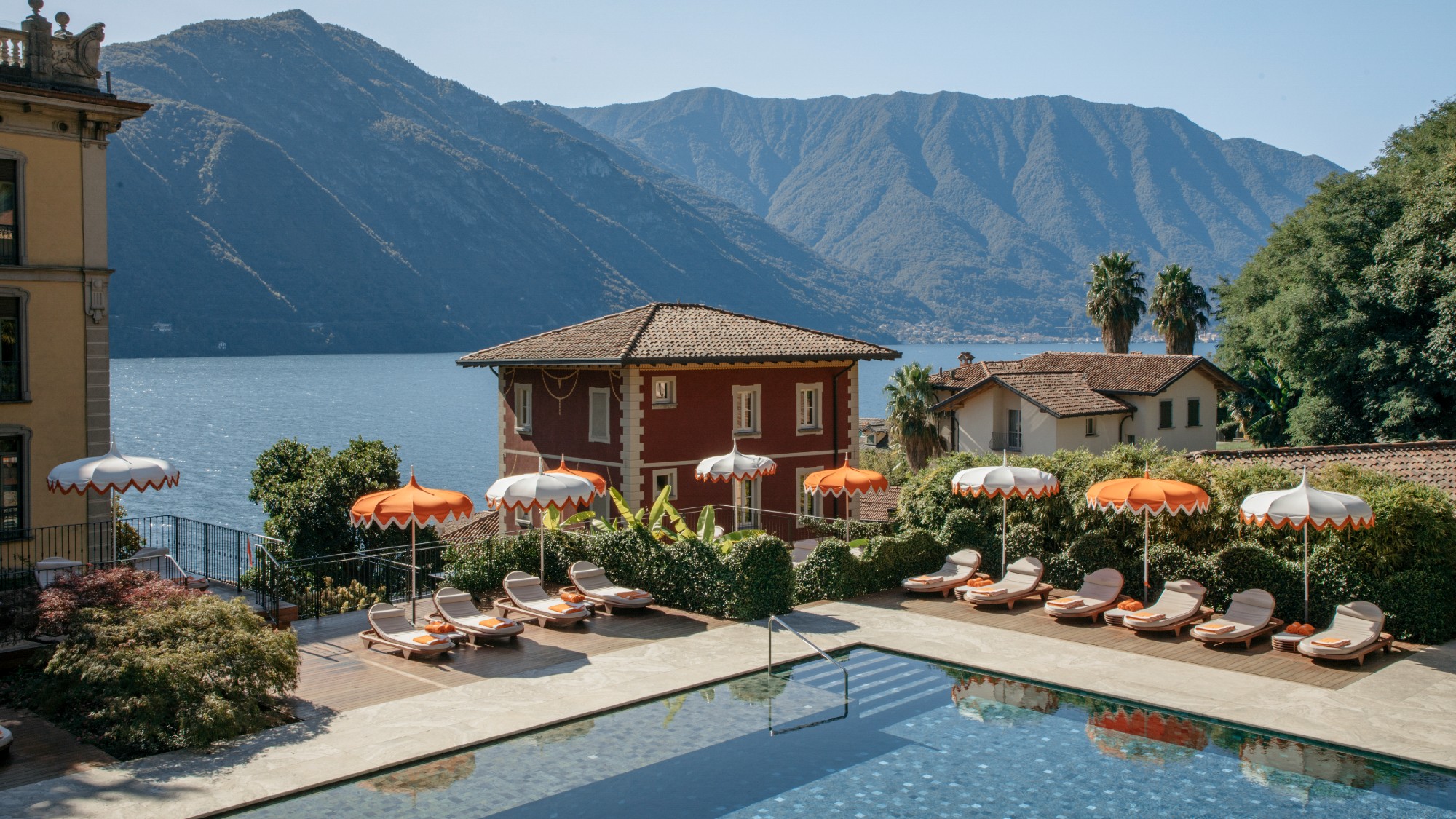 Experience the cool of these 11 stunning pools and lazy rivers this summer
Experience the cool of these 11 stunning pools and lazy rivers this summerThe Week Recommends You'll want to dive right in
-
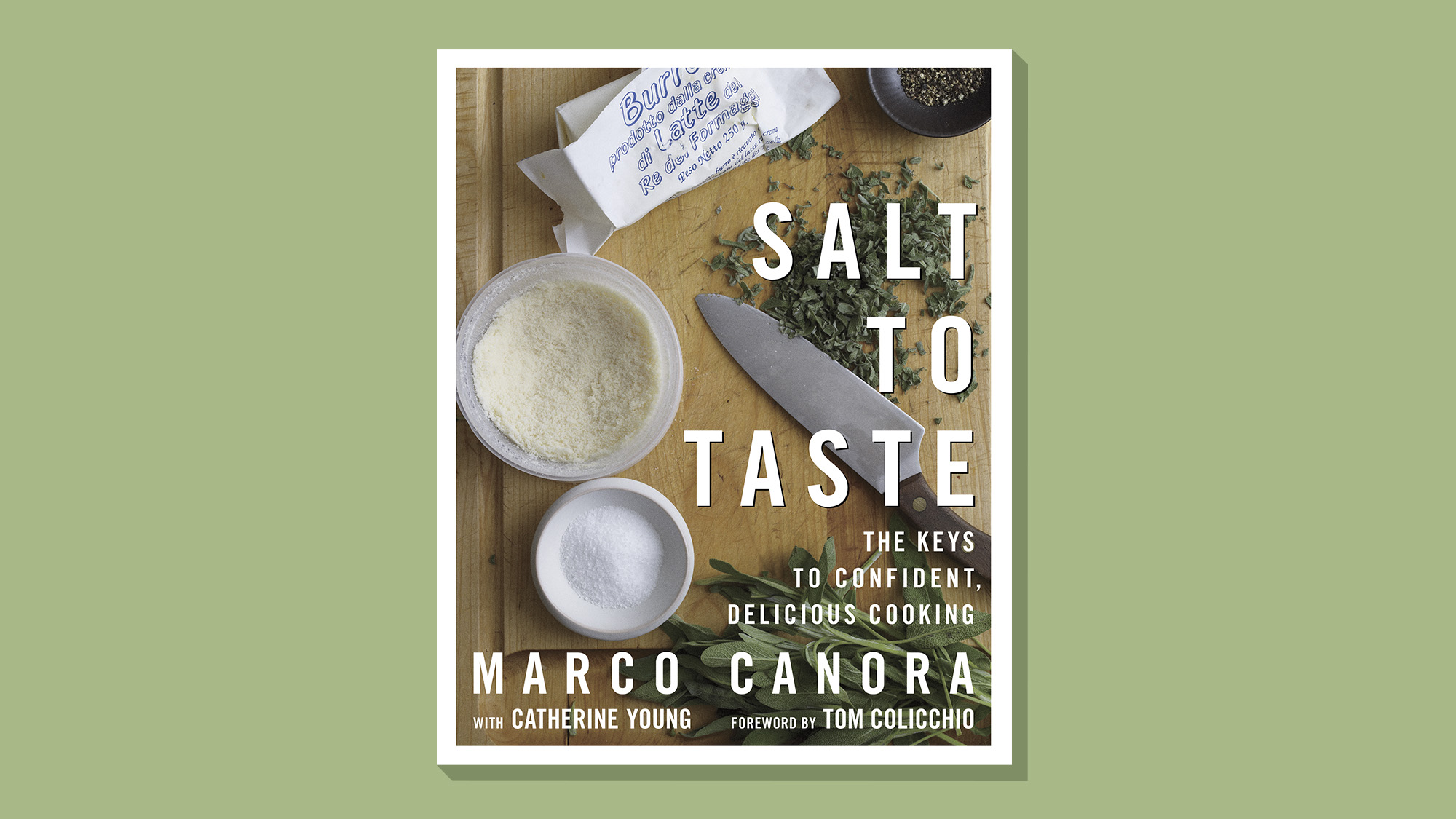 One great cookbook: 'Salt to Taste'
One great cookbook: 'Salt to Taste'The Week Recommends Your roadmap to satisfying Italian home cooking
-
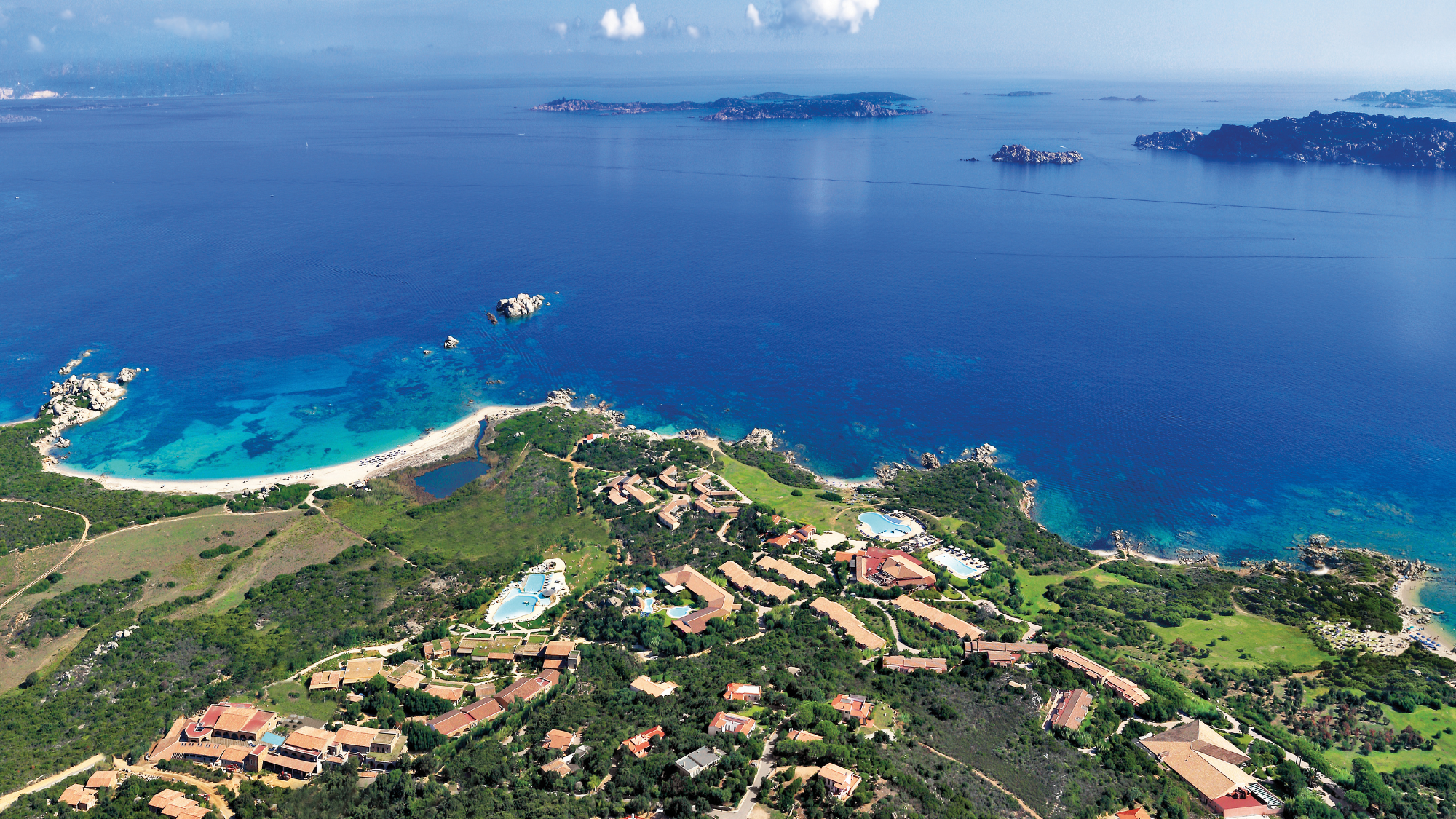 Valle dell'Erica Thalasso & Spa: a tranquil haven in Sardinia
Valle dell'Erica Thalasso & Spa: a tranquil haven in SardiniaThe Week Recommends This family-friendly resort is steps from the sea and boasts a well-equipped kids' club
-
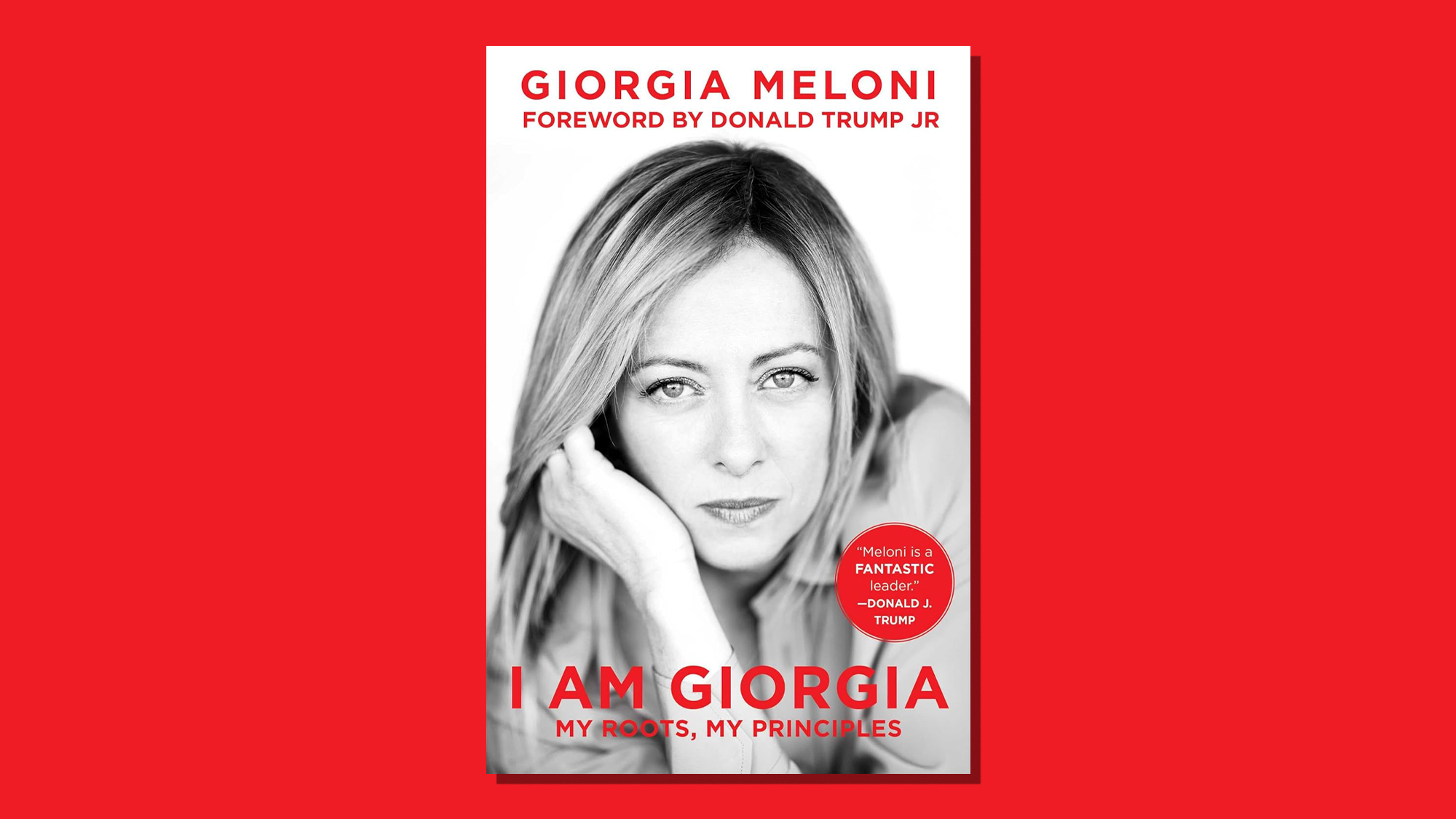 I Am Giorgia: 'self-serving' yet 'amazing story' of Italy's first female prime minister
I Am Giorgia: 'self-serving' yet 'amazing story' of Italy's first female prime ministerThe Week Recommends Giorgia Meloni, once a 'short, fat, sullen, bullied girl', explains how she became one of the most powerful people in politics
-
 Friendship: 'bromance' comedy starring Paul Rudd and Tim Robinson
Friendship: 'bromance' comedy starring Paul Rudd and Tim RobinsonThe Week Recommends 'Lampooning and embracing' middle-aged male loneliness, this film is 'enjoyable and funny'
-
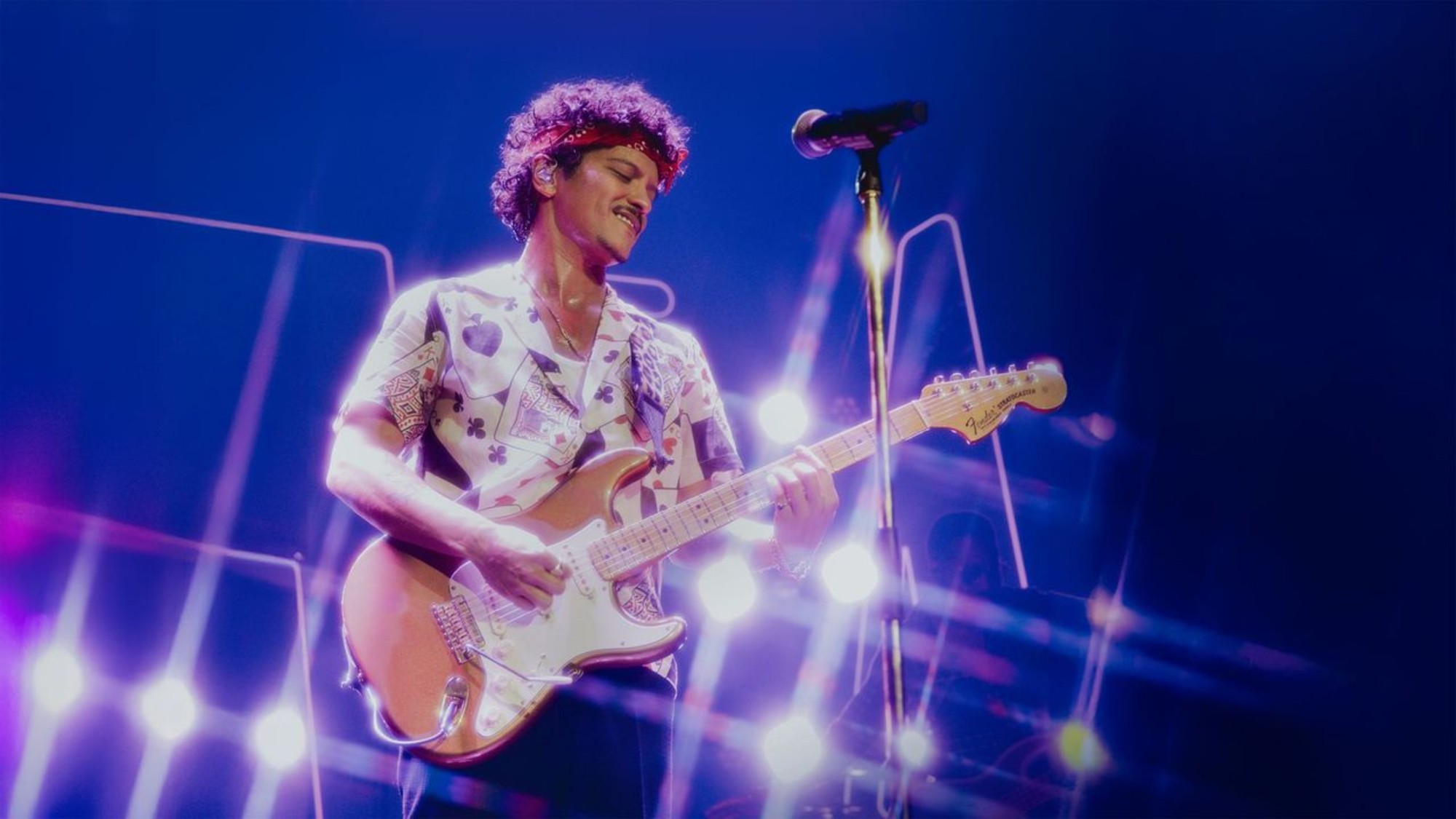 Feel the groove with these music-centric getaways across the globe
Feel the groove with these music-centric getaways across the globeLet the rhythm move you